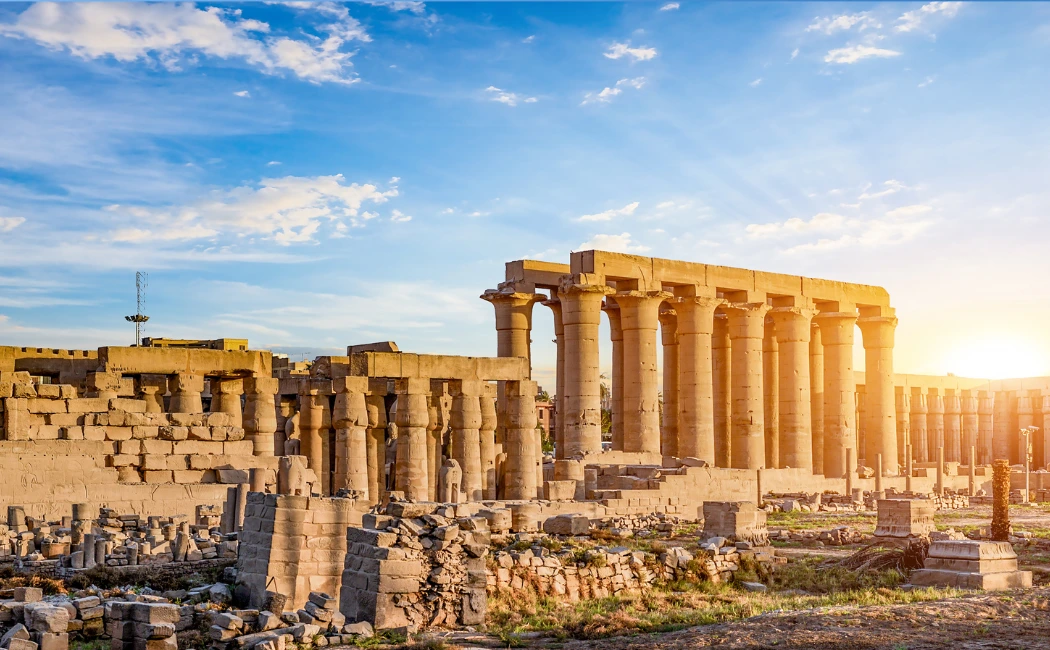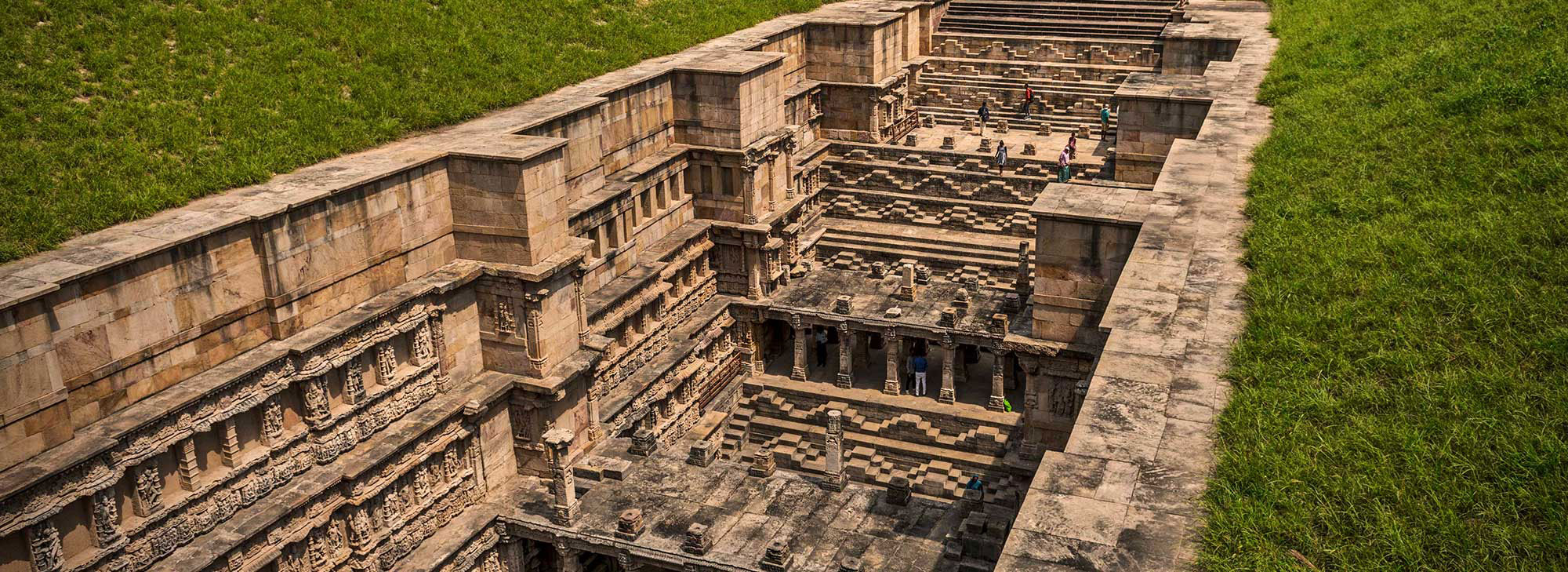Located on the east bank of the Nile River in Luxor, Egypt, stands the magnificent Temple of Karnak, one of the most impressive architectural achievements in ancient Egyptian history.
This vast temple complex, constructed over 4,000 years ago, is a testament to Egypt’s rich cultural heritage and architectural ingenuity.
You May Also Like: The Magnificent Brihadeeswarar Temple: A Marvel of Dravidian Architecture and Spirituality
History and Significance
The Temple of Karnak was built during the New Kingdom period (16th to 11th centuries BC) and was dedicated to the Theban Triad: Amun, Mut, and Khonsu.
The temple complex was expanded and modified by successive pharaohs, including Hatshepsut, Thutmose III, and Ramses II.
Architecture and Layout
The Temple of Karnak covers an area of approximately 200 acres, making it one of the largest temple complexes in the world.
Its impressive architecture features:
- Hypostyle Hall: A vast hall with 134 columns, each adorned with intricate hieroglyphics.
- Great Court: A spacious courtyard surrounded by temples and sanctuaries.
- Precinct of Amun: The central temple dedicated to Amun, the king of the gods.
- Temple of Khonsu: A smaller temple dedicated to Khonsu, the god of the moon.
Artistic and Cultural Treasures
The Temple of Karnak boasts an array of artistic and cultural treasures:
- Hieroglyphic Inscriptions: Thousands of intricate hieroglyphics adorn the temple walls.
- Reliefs and Sculptures: Vivid reliefs and sculptures depict ancient Egyptian mythology.
- Obelisks: Several towering obelisks, including the 80-foot-tall obelisk of Thutmose III.
Restoration and Preservation
Efforts to preserve the Temple of Karnak have been ongoing:
- UNESCO World Heritage Site: Designated in 1979.
- Egyptian Ministry of Antiquities: Collaborative conservation initiatives.
- International Funding: Supporting restoration projects.
Visiting the Temple of Karnak
Address: Luxor, Egypt
Opening Hours: 6:00 AM – 5:00 PM
Tickets: Available on-site or online
Tips and Precautions
- Respect Local Customs: Dress modestly and remove shoes when entering temples.
- Sun Protection: Wear sunscreen, hats, and sunglasses.
- Guided Tours: Recommended to fully appreciate the temple’s history and significance.
Conclusion
The Temple of Karnak is an awe-inspiring testament to ancient Egypt’s architectural prowess and cultural heritage. This magnificent complex continues to captivate visitors from around the world.
Key Facts
- Constructed: 16th century BC
- Expanded: 15th century BC
- Area: 200 acres
- Architectural Style: Ancient Egyptian
- UNESCO World Heritage Site: 1979
References
- Official Temple of Karnak Website
- Egyptian Ministry of Antiquities
- UNESCO World Heritage Centre











[…] You May Also Like: Temple of Karnak: Ancient Egypt’s Largest Sacred Complex […]